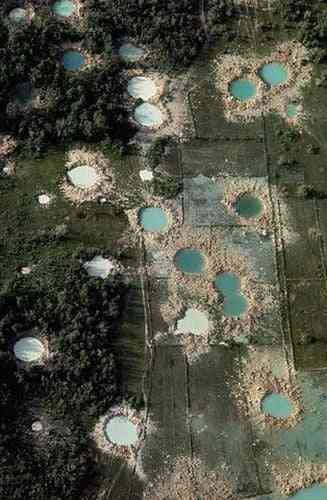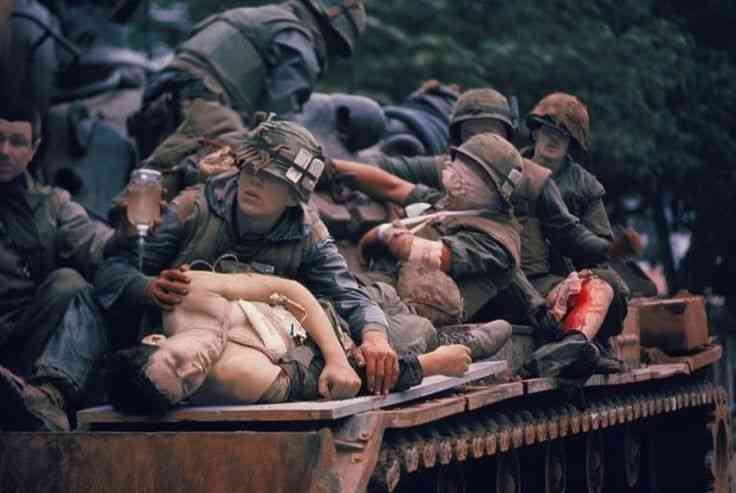Causes of war
The causes of the conflict in Vietnam go back to the eight-year liberation war led by the Vietnamese against the French colonial (1946-1954), and Vietnam had undergone Japanese occupation at the end of World War II - just before the defeat of Japan - in August 1945.
The Vietnamese revolutionaries seized the opportunity to defeat Japan, occupying the country's capital, Hanoi, forcing the Vietnamese Emperor Bao Dai to step down from power. But France - despite the wounds of a debilitating war - initiated the restoration of its colony, Vietnam, at the end of 1945 and the beginning of 1946, aborting the dreams of the revolutionaries in ruling their country.
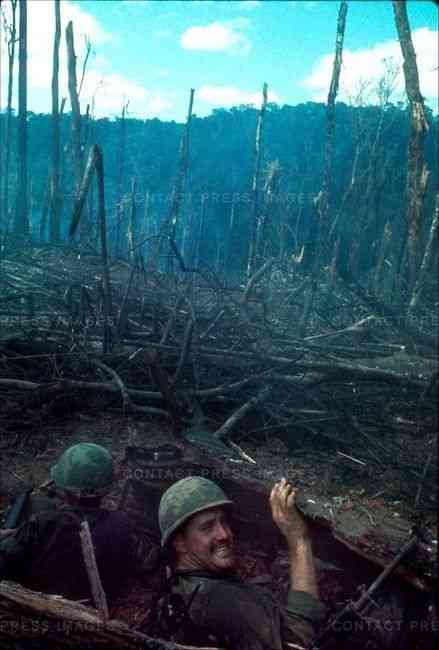
Then the Vietnamese declared a fierce war against the French, which ended with the end of 1946, and then ended after the battle of "Dayan Bien Phu" on May 8, 1954, a defeat that crushed France.
In July 1954, the Geneva Agreement ending the war between France and Vietnam was signed in the presence of two delegations from Vietnam and delegations from France, Britain, the Soviet Union, China, the United States, Laos and Cambodia.
The results of the agreement divided Vietnam into two parts separated by Latitude 17, and despite their presence in Geneva, the United States and the government of Saigon loyal to it did not sign the agreement, and immediately after France left from Vietnam, the United States began to assist the Saigon government militarily.
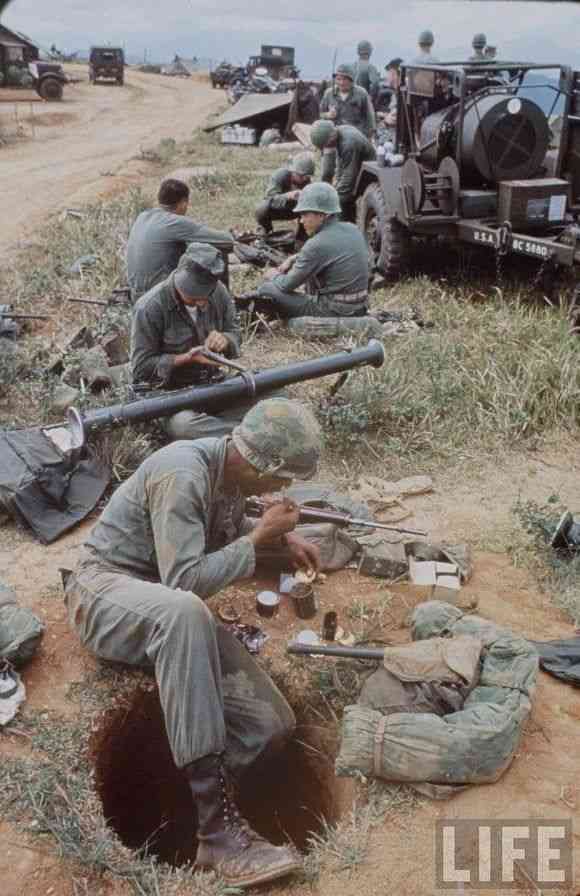
On October 24, 1954, US President Eisenhower gave generous financial assistance to the Saigon government whose value had been increasing over time, and US military advisers began arriving in South Vietnam from February 1955 to train soldiers there.
On October 23, 1955, the first elected government in South Vietnam led by "Ngo Dinh Deem" appeared, and the first decision of his government was to refrain from any referendum that would lead to the union of the two Vietnamese rivals, justifying this by the lack of freedom of the population in the northern part.
Attracting and attracting
America continued to support the government of President Diem, while the Hanoi Communist government in northern Vietnam was determined to unite the two halves of the country. In January 1957, the International Committee tasked with monitoring the Geneva Accord between the two parties to the Vietnamese conflict announced that both sides are constantly violating border agreements.
The northerners encouraged the southern communist elements to penetrate the south from its borders, just as the southerners did not hesitate to cross those boundaries as they pursued and pursued those revolutionaries.
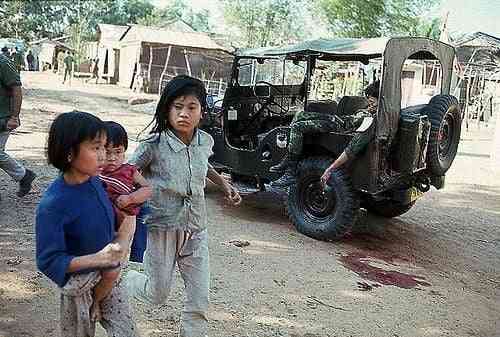
In February 1959, the southern revolutionaries founded the "Viet Cong" first organization in the Mekong Delta, and on December 10, 1960 the National Liberation Front was created, which is the political and military organizational framework that will take over the war against America and the Saigon government. Diem only declared the emergency law.
The conflict was fueled and reached its height when the ruling Communist Vietnamese Party in the north declared support for the southern revolution and supplied it with tools and equipment.
American intervention
The United States announced its total support behind the Saigon government. Indeed, President Kennedy signed a treaty of friendship and economic cooperation between his country and South Vietnam in April 1961. In December of the same year, Kennedy announced his intention to assist President Diem’s government economically and militarily.
Vanguard of the US Army arrived in Saigon and was initially four hundred soldiers entrusted with the operation of military helicopters. In the following year, the number of American soldiers in South Vietnam reached 11,000, and a US command was established in Saigon in January 1962.
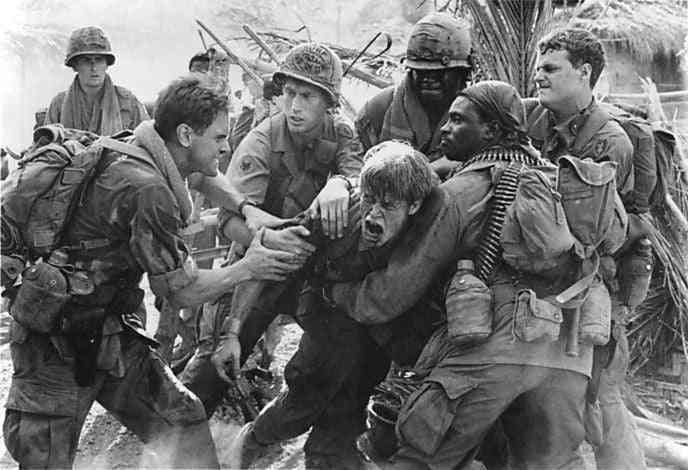
The Americans and their southern allies cut the National Liberation Front from its bases by setting up some villages for farmers loyal to President Diem's government. The year 1963 did not pass until the number of those villages reached seven thousand, including eight million people. However, these human shields or population barriers did not prevent the Liberation Front rebels from controlling 50% of the soil of South Vietnam.
Leading the initiative
President Diem’s policies were unable to organize the inner house in South Vietnamese, as liberal politicians opposed to his dictatorship, as Buddhists opposed him to his Catholic inclinations.
He was overthrown on 1 November 1963 in a military coup and was physically eliminated in mysterious circumstances. Many researchers believe that the United States was not far from what happened to him and his system.
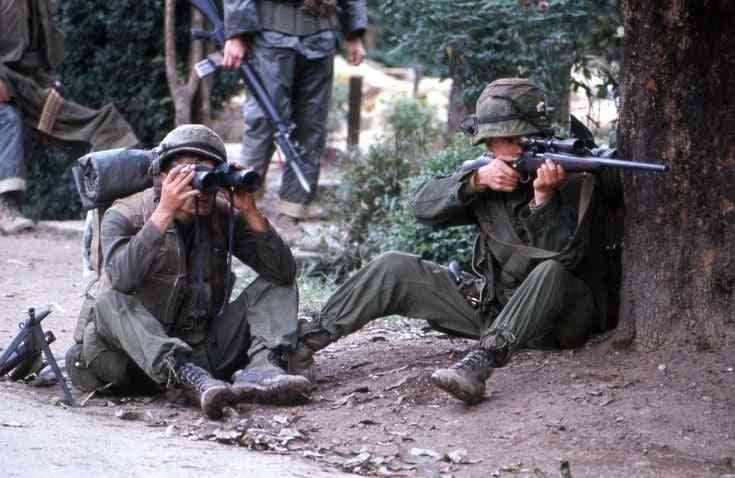
During the 18 months after President Diem was toppled, Saigon knew ten successive military governments, none of which could control the system, especially the military. The Liberation Front rebels took advantage of the crisis in the south, launching strikes after strikes to weaken the already weak Saigon governments.
In the summer of 1964, Saigon witnessed more schisms among the ruling military, as well as between the Buddhist community, which resents Catholic control of government, as well as the marked military progress of the National Liberation Front. Based on these elements, the American conviction reached that a comprehensive military intervention is the way out for them from this situation.
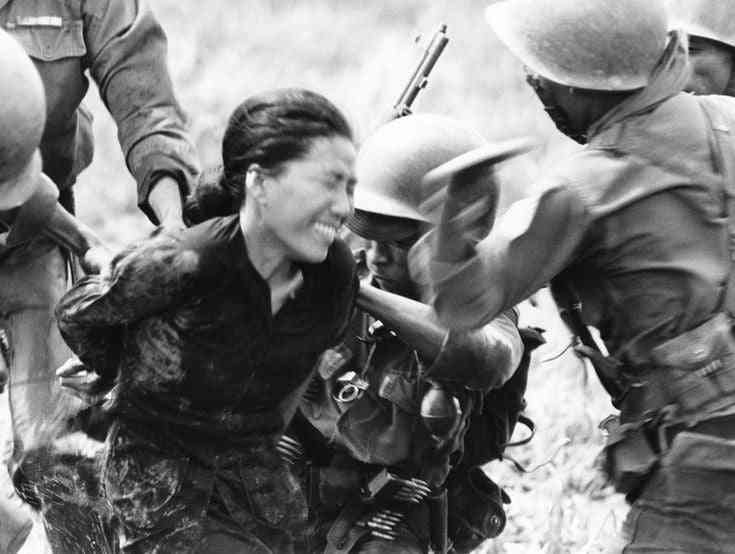
America found the opportunity when some of its naval bombers were attacked by the National Liberation Front forces in Tonkin Bay, and President Johnson was not only instructing the American military aviation to bomb the North Vietnamese sites in response to what hit the Americans.
Since February 1965, the US bombing of North Vietnam has continued, and on March 6 of the same year the first US Navy landing took place in South Danang. And the American military presence continued to increase in Vietnam to reach at the end of 1965 about two hundred thousand soldiers, then in the summer of 1968 it reached 550 thousand. America has been pressuring Hanoi to leave the support of the southern revolutionaries, but the latter has refused to negotiate with the United States as long as it continues to bomb it.
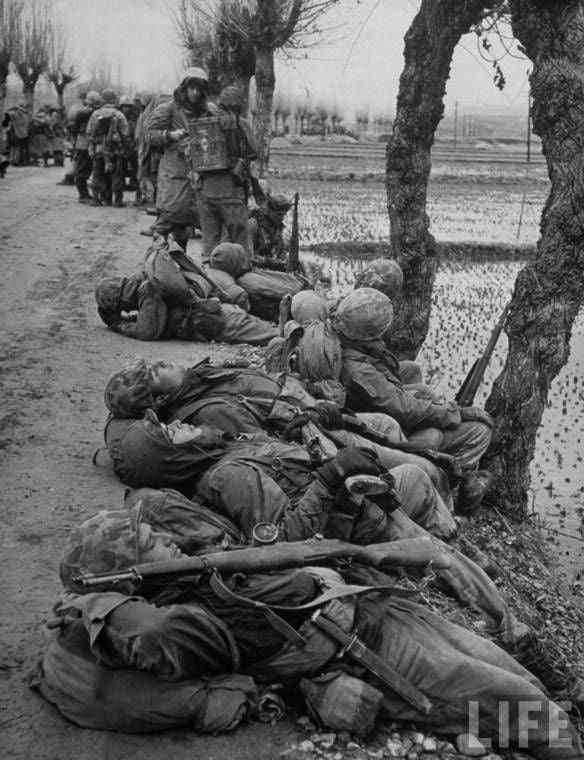
America did not leave any military means to pressure Hanoi except it used it, starting with the forced gathering of population and through the liquidation of the communist revolutionaries in the southern countryside and the use of B-52 aircraft to destroy the vegetation, and ending with the intensification of shelling of cities and sites in North Vietnamese, especially those between latitudes 17 and 20.
Nevertheless, the American terror and the sophisticated war machine did not affect the morale of the Vietnamese or their resistance, but rather they dispersed in the countryside and the agricultural production centers, and the morale of the resistance was strengthened in them, and America, despite its continuous efforts, could not cut the "Ho Chi Minh" road through which supplies pass through the southern revolutionaries. .
Climax of battles
in October 1966 The representatives and allies of America and their allies in the war - such as Australia, New Zealand, Thailand, South Korea and the Philippines - in Manila declared their willingness to withdraw from Vietnam after six months if North Vietnam emerged from the war, a declaration that the Norths rejected strictly.
The American President Johnson’s call to the Soviet leader Cosigen to pressure Hanoi to end the war did not bear fruit when they met in June 1967, but the war was still burning, so President Johnson only announced his intention to increase the American soldiers in Vietnam to reach their number in 1968 to 525 thousand, The American bombing of the northern sites has become just around the corner from the Chinese border.
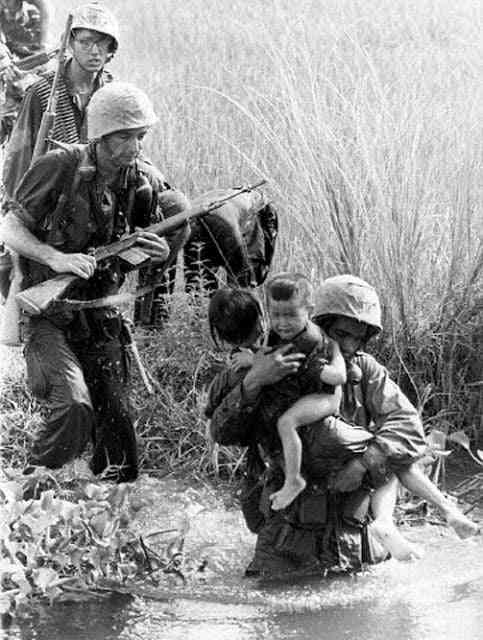
The carrot and stick policy did not work with the Vietnamese, as they were not deterred by the repeated attacks and the constant bombing of the United States, and they were not tempted by President Johnson's calls to negotiate.
The battles during the Vietnamese war continued to take place in the mountains, a strategy pursued by the Vietnamese, who originally adapted to the difficult natural and climatic conditions. In 1968, the rebels launched what was known as the "Tate" attack (the name of the Vietnamese Lunar New Year celebrated in mid-February of each year) on a group of severe military operations targeting more than 100 urban targets. The revolutionaries managed to penetrate into the south until they reached the southern capital, Saigon, and the Americans were attacked.
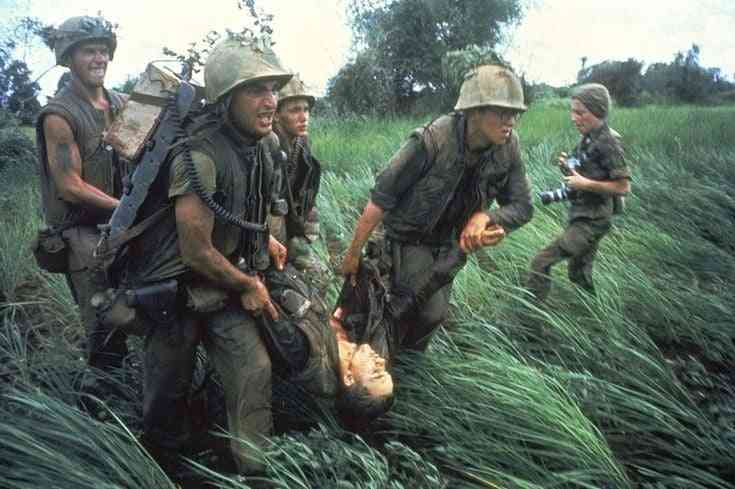
Although the Vietnamese revolutionaries lost about 85,000 people, the psychological impact of the battles had a major impact on the United States.
A US complaint
On March 31, 1968, President Johnson announced the end of the US bombing of North Vietnam. At the same time, he announced his advance to a second presidential term, and he did not reach the middle of May of the same year until negotiations between the Vietnamese and Americans began in Paris.
No sooner did Richard Nixon reach the presidency of the United States in 1969 until he announced that 25,000 American soldiers would leave Vietnam in August 1969, and that another 65,000 would have made the same decision at the end of that year.
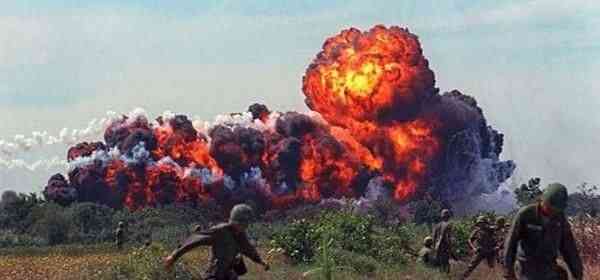
However, the American withdrawal from Vietnam and the death of the northern leader "Ho Chi Minh" on September 3,1969 did not stop the fierce war. The Paris negotiations defined the intransigence of the Vietnamese, who demanded and insisted on the necessity of a complete American withdrawal as a prerequisite for a ceasefire.
As America's losses, both human and material, increased, a call to end the Vietnamese war appeared on the American street, as was the intense demonstrations that affected American cities and press campaigns.
The call for a halt to the war increased as the American media reported the practices described as hideous and inhuman in which the US military treated Vietnamese citizens. One of the most famous of these manifestations was the killing of unarmed civilians by American Lieutenant William Cali in Lay Village in 1968, and he was tried militarily in 1971.
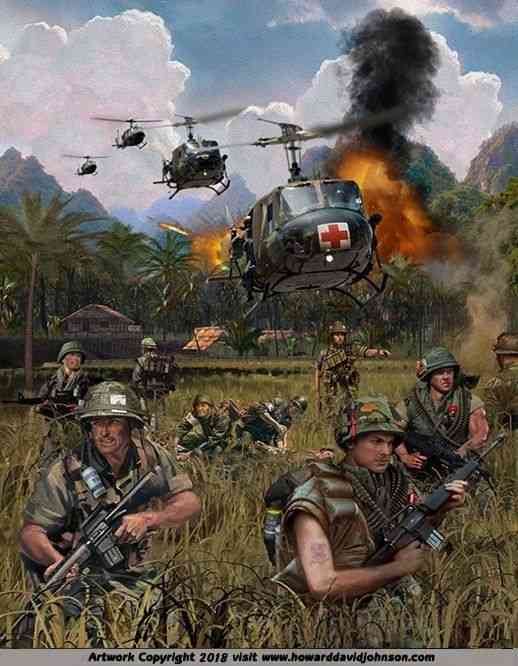
The American press rolled up her forearms - chiefly the New York Times - when she published reports about the way the Vietnamese war had taken place.
On January 25, 1972, President Nixon announced the nature of the US-Vietnamese negotiations and what the US administration secretly presented to the Vietnamese, and unveiled a new eight-point peace plan, including the holding of presidential elections in the southern part of Vietnam.
As for North Vietnam, its peace plan was based on the necessity of stepping down the South Vietnamese President "Teo" from power as a prerequisite for peace, and refraining from extraditing the American prisoners until after the United States gave up supporting the Saigon government.
The beginning of the end.
The war took a grave turn when North Vietnam on March 30, 1972 launched a sweeping attack south of the "Kang Tri" area, bypassing the demilitarized zone, and the American response was more aerial bombardment.
As warfare flared up, secret negotiations began between the two parties, as the US President's National Security Adviser Henry Kissinger met with North Vietnamese delegate Duck Tou.
As hopes for a final solution were revived and in an effort to pressure the Vietnamese and win field victories that strengthened his position, President Nixon on December 17, 1972 ordered the bombing of Hanoi and Haiphong.
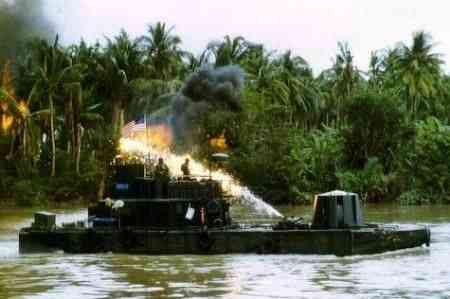
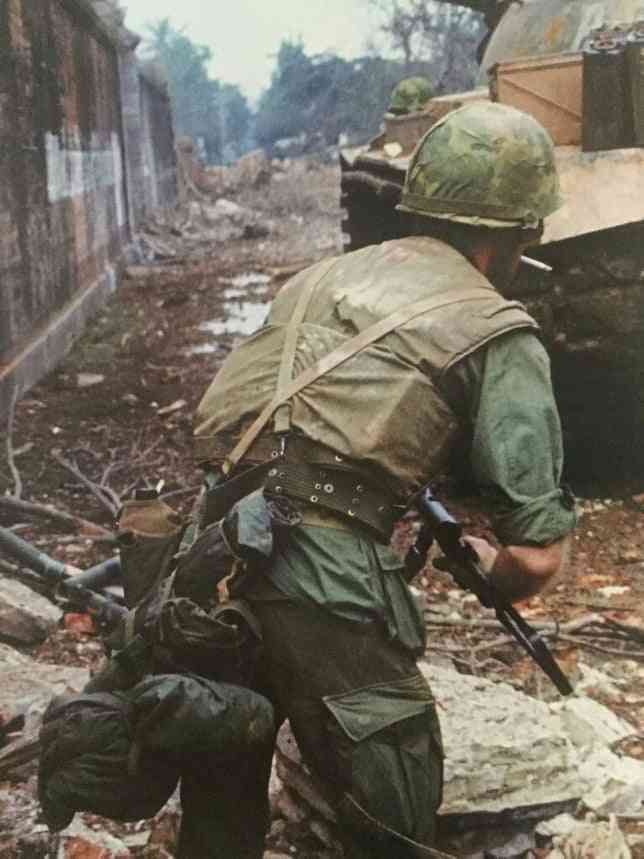
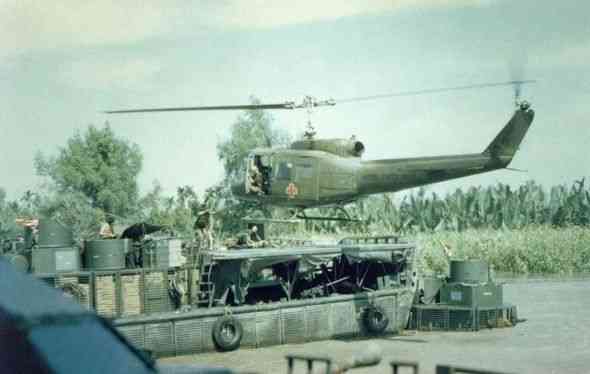
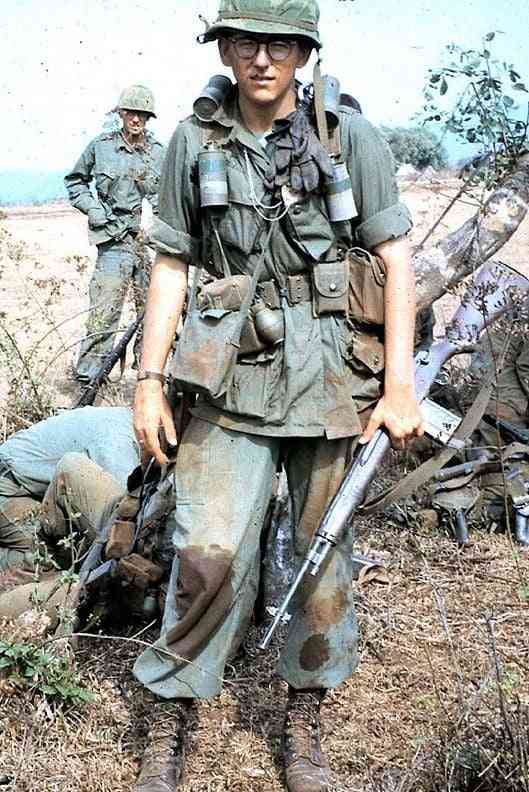
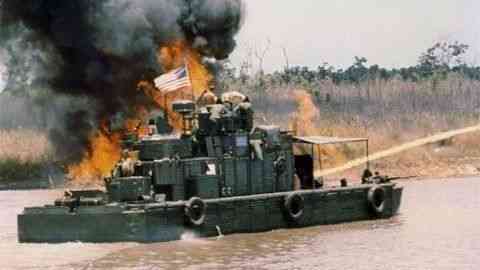
The B-52's aircraft fired on the two cities in a bombing that the Vietnamese war did not know. America lost 15 of these aircraft, as well as 93 US Air Force officers.
On January 23, 1973, he announced the conclusion of the ceasefire agreement that entered into force on the 28th of the same month. The agreement includes:
Stop all kinds of hostility.
The withdrawal of US forces from South Vietnam within the two months following the signing, and the release of prisoners from both sides within 15 days of signing.
Recognition of the demilitarized zone between the two parts as temporary, not political borders.Establishment of an international committee (composed of representatives from Canada, Hungary, Indonesia and Bologna) charged with overseeing the implementation of the agreement.
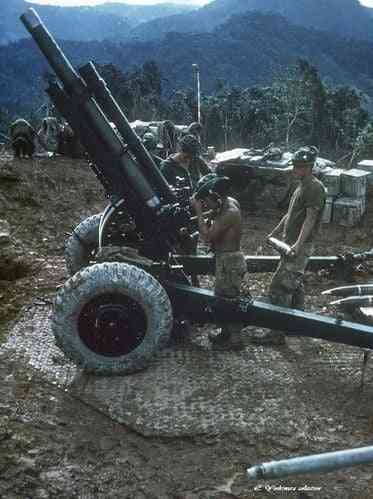
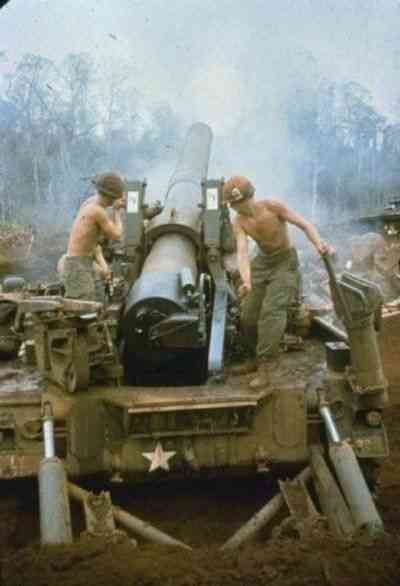
145,000 soldiers from northern Vietnam remain in the south.
March 1973 did not end until the last American soldier left Vietnam, but the "Watergate" scandal that forced President Nixon to resign on August 9, 1974 left America unable to support the Saigon government.
The northerners seized the opportunity of Washington's watergate preoccupation and the South Vietnamese President Teo's hostility to the southern communists, launching a landslide attack on the south occupying the city of Phuoc Binh in January 1975, and continuing their overwhelming attack that culminated in Saigon entry on April 30 of the same year.
The losses of the Vietnamese during the eight years of the war:
- Two million dead
- Three million wounded
- Nearly 12 million refugees.
As for the Americans, their losses are estimated at:
57,000 dead
- 153,000 wounded and 303 wounded.
- 587 prisoners, civilian and military, were released.
